You misunderstood. There are 5 distinct references. If those 5 references all point to the same nested list and you alter that nested list, you can see the change reflected through all those references.
You didn't change a nested list here. You changed one of the references.
Think of references as nametags. You can put more than one nametag on an object:
nametag_a+-----------+
+---v--+
|object|
+---^--+
|
nametag_b+-----------+
You can 'look' at the object through either reference. Assignment is simply attaching a reference to an object. If a reference pointed to an object before, it is detached from that object and now points to another object:
nametab_b = another_object
results in
nametag_a+-----------+
+---v--+
|object|
+------+
nametag_b +--------------+
+-------->another_object|
+--------------+
The numbered indices in a list are references to; so instead of nametag_a, you have 0, and 1, etc.
The other question talks about nested lists. There you have multiple references to a single list object:
# indices in a list on the left referencing another list
0+---------------------------+
|
|
1+------------------------+ |
| |
+---------v--v-----------+
2+--------------> list with more indices |
+---------^--^-----------+
| |
3+------------------------+ |
|
|
4+---------------------------+
If you make a change to the list with more indices contents, then you'll see those changes through any of the 5 references in the outer list
Please read Facts and myths about Python names and values by Ned Batchelder, which explains this in more detail.
